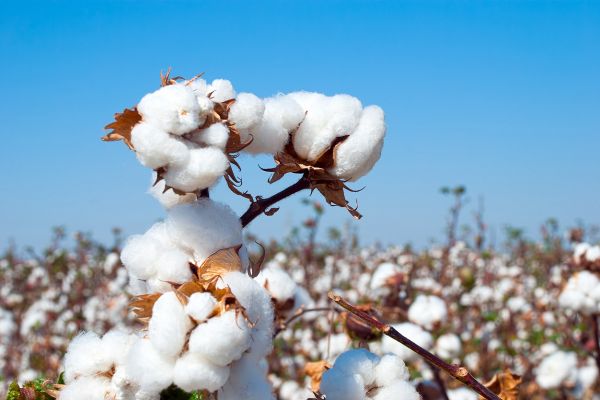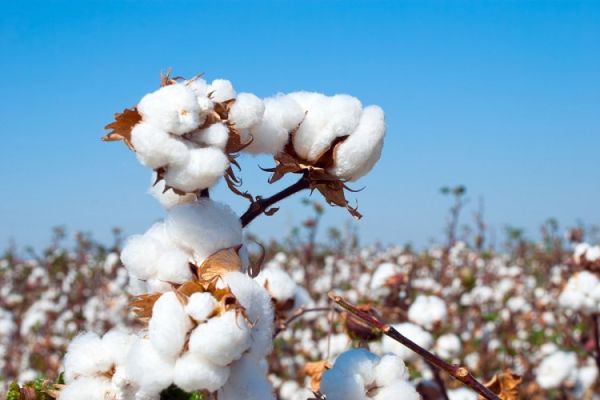
Gujarat grows cotton on 26.8 lakh hectares of land and makes 92 lakh bales of cotton per year at a rate of 589 kg per hectare, which makes the state second in the country.

Raghavji Patel, Gujarat’s agriculture minister, shared figures on Sunday that showed how the state’s cotton supply has changed over the last twenty years.
“Cotton is very important to Gujarat’s economy.” Cotton production has gone up by 459 kg per acre since the state was created, showing how important this crop is. Researchers in Gujarat created the hybrid-4 type of cotton, which started a new era of hybrid cotton across the whole of India and increased the country’s cotton production.
October 7 is marked every year as World Cotton Day, which shows how important cotton is around the world. Cotton, which is sometimes called “white gold,” has been an important part of Gujarat’s farming for a long time. Gujarat has been a leader in growing cotton and coming up with new ideas for many years.
When Gujarat was created in 1960, only 139 kg of cotton could be grown on each acre. It has gone up to about 600 kg per acre today.
Minister Patel talked more about the background of cotton farming in India. He said that after India got its independence, it had a hard time finding raw cotton and had to pay a lot of money to buy cotton. This situation changed a lot when the research farm in Surat created the hybrid-4 type of cotton in 1971. This started a new era for cotton production in India. India was able to meet its own cotton needs and started exporting cotton. India sent a record-breaking $10.78 billion worth of cotton abroad in 2021.
There were 17.40 lakh hectares of cotton fields in 2001–02 and 26.83 lakh hectares in 2023–24. During that time, cotton production went from 17 lakh bales to 92.47 lakh bales, and efficiency went from 165 kg per hectare to 589 kg per hectare.
Second in the country in 2021-22, Gujarat had 22.45 lakh hectares of land under farming and made 73.88 lakh bales of cotton at a rate of 559 kg per hectare. Minister Patel was sure that Gujarat would soon become the center of cotton production in India, making a big difference in the country’s overall output thanks to its ongoing efforts and state-backed programs.
The minister also said that Gujarat has been a leader in creating and allowing new types of mixed cotton, such as BT cotton. They were the first two BT hybrid cotton types to be approved by the Indian government in 2012. By 2015, farmers could choose from two more types of BT cotton, which made growing cotton in the state even better. Because the world’s population is growing, the need for natural fibers, fabrics, food oils, and cottonseed meal is going to 1.5 times by 2030 and double by 2040.